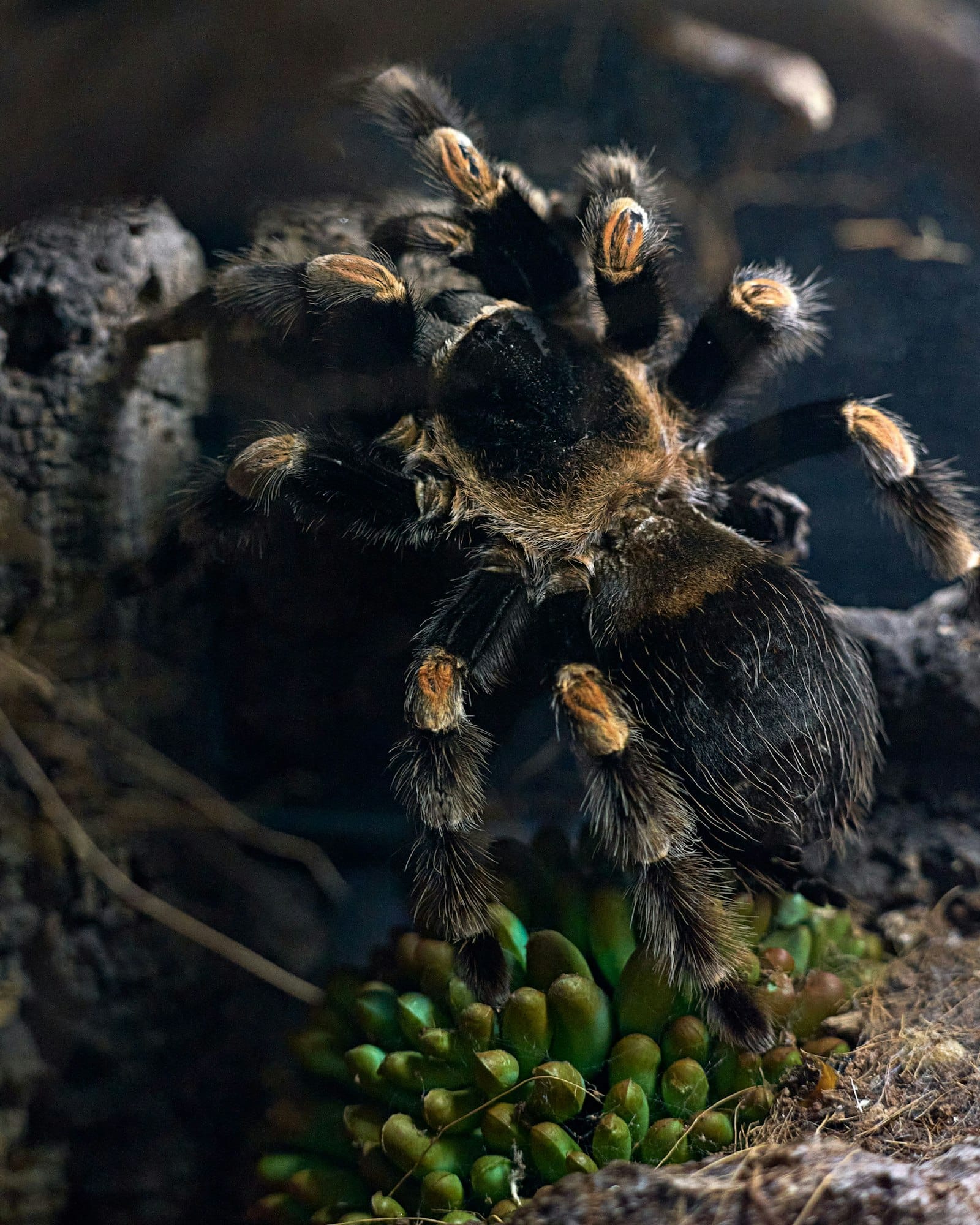When you think of pets, your mind might not immediately leap to tarantulas. These eight-legged creatures have been stereotypically deemed as scary, but in reality, they make for fascinating pets. They are gentle, low-maintenance, and can live for several years. However, keeping a pet tarantula involves unique care requirements that you need to understand to ensure their well-being. This guide will walk you through the best practices for keeping a tarantula as a pet in a temperate climate.
Understanding Tarantulas and their Natural Habitat
Before you bring a tarantula into your home, you should understand their natural habitat and behaviors. Tarantulas are not all the same; they are a group of spiders that encompass over 800 species. Their native habitats range from deserts to rainforests, which significantly influence their adaptability to temperate climates.
A lire en complément : How to Prepare a Balanced Raw Diet for a Siberian Husky with Allergies?
Most tarantulas live in warm and humid environments. Their metabolism, growth rate, and behavior are heavily influenced by temperature and humidity levels. Therefore, understanding their natural habitat will help you recreate a similar environment for them at home.
Choosing the Right Tarantula Species for a Temperate Climate
Not all species adapt well to a temperate climate. Some species are better suited to dry and hot climates, while others thrive in damp and cool settings. Thus, picking the right species that can easily adapt to your region’s climate is a crucial step.
A lire aussi : What’s the Correct Way to Teach an Old English Sheepdog to Herd Livestock?
Species like the Chilean Rose Hair Tarantula, Mexican Red Knee, and Green Bottle Blue Tarantula are known to adapt well to temperate climates. They are also beginner-friendly and have a mild temperament, making them an excellent choice for first-time tarantula owners.
Creating an Ideal Tarantula Enclosure
Even in a temperate climate, tarantulas need an enclosure that mimics their natural habitat as closely as possible. The enclosure should have adequate space for the tarantula to move around, a hiding area, and a proper substrate for burrowing.
The substrate, such as peat moss, coconut fiber, or potting soil, should be kept slightly moist but not soggy. Humidity can be maintained by misting the enclosure regularly. However, avoid creating a damp environment that could lead to mold growth and harm your pet.
Key Considerations for Tarantula Care in a Temperate Climate
Keeping the tarantula’s enclosure at the right temperature is crucial. A heat mat or lamp can be used for this purpose, but be careful to avoid overheating, which can dehydrate and harm the tarantula.
While tarantulas need water to survive, they do not drink a lot. Therefore, a small water dish in the enclosure will suffice. It’s important to keep the dish filled and clean, as tarantulas can also absorb water through their exoskeletons.
It’s worth mentioning that tarantulas are nocturnal creatures. They will be most active during the late evening and night, so any feeding should ideally take place during these hours.
Regular Maintenance and Monitoring
Regular cleaning and monitoring are key elements of tarantula care. You need to keep the enclosure clean and free from any uneaten food or waste. Tarantulas are generally clean pets and tend to discard their waste in one area of the enclosure, which makes cleaning easier.
Monitoring your tarantula’s behavior is also important. Changes in their behavior, such as decreased appetite or activity, can be a sign of stress or illness. Consulting a veterinarian specializing in exotic pets should be your immediate step in such cases.
Keeping a pet tarantula in a temperate climate may seem daunting, but with the right knowledge and care, it’s entirely possible to keep these fascinating creatures as pets. With this guide, you are now well-equipped to take the first step towards becoming a responsible tarantula owner.
Feeding Your Pet Tarantula
Choosing the right food for your tarantula is crucial in keeping them healthy and active. Tarantulas are carnivores and in the wild, their diet mainly consists of insects, small lizards, and even small mice. In captivity, your tarantula’s diet will primarily consist of insects.
Crickets are the most common food source for pet tarantulas, but mealworms, roaches, and occasionally a small pinkie mouse can also be part of their diet. Food should always be live prey, as tarantulas are attracted by the movement. The size of the prey should be proportional to the tarantula’s size, ideally not larger than half its leg span.
Adult tarantulas typically eat once a week, while younger ones may eat a few times a week. Overfeeding can lead to your tarantula rejecting food or even becoming ill.
Special Care for Tarantulas in Temperate Climates
In a temperate climate, some extra measures need to be taken to ensure your pet’s well-being. As mentioned earlier, maintaining the right humidity levels and temperature in the enclosure is critical.
During colder months, use a heat mat or a lamp to keep your tarantula warm. It’s also best to keep your pet away from drafts or cold areas of your home.
In the dry season, you may need to mist the enclosure more often to maintain adequate humidity. However, be careful not to overdo it, as too much moisture can lead to mold growth.
Remember, variations in temperature and humidity can stress your tarantula. So, aim for consistency when caring for them.
Conclusion
Caring for a pet tarantula in a temperate climate may seem challenging, but it’s certainly not impossible. Knowledge about the specific species, their natural habitat, and appropriate care practices can go a long way in ensuring your pet’s health.
Creating a proper enclosure, choosing the right food, and maintaining the right temperature and humidity levels are the key aspects of tarantula care. Regular enclosure maintenance and monitoring your pet’s behavior can further contribute to their well-being.
Remember, tarantulas might not be your typical pet, but they are low maintenance, fascinating creatures that can make for a rewarding pet-keeping experience. Whether you choose a Chilean Rose Hair, a Mexican Red Knee, or a Costa Rican Zebra, careful selection of tarantula species that can adapt well to your region’s climate will set you on the right tarantula-keeping path.
In conclusion, with thoughtful and informed care, these eight-legged companions can thrive, even in temperate climates.











